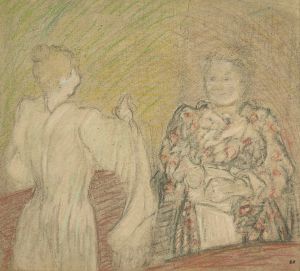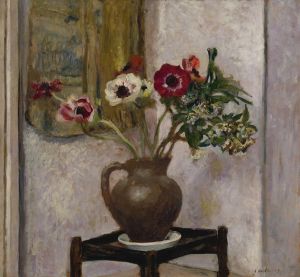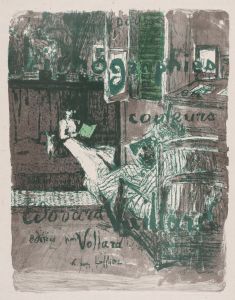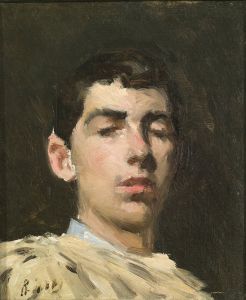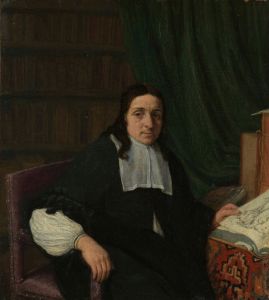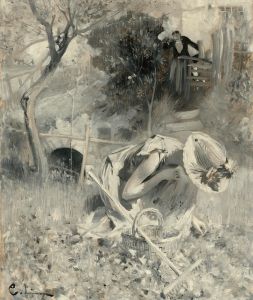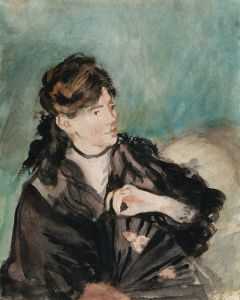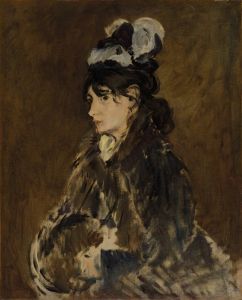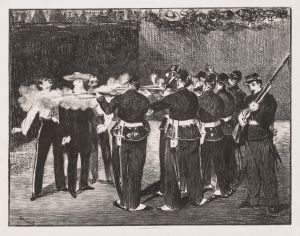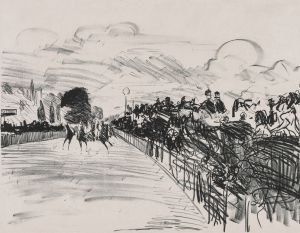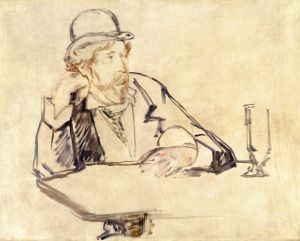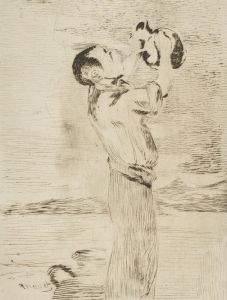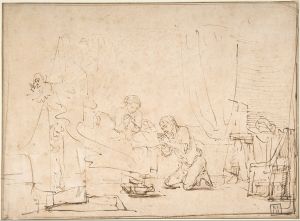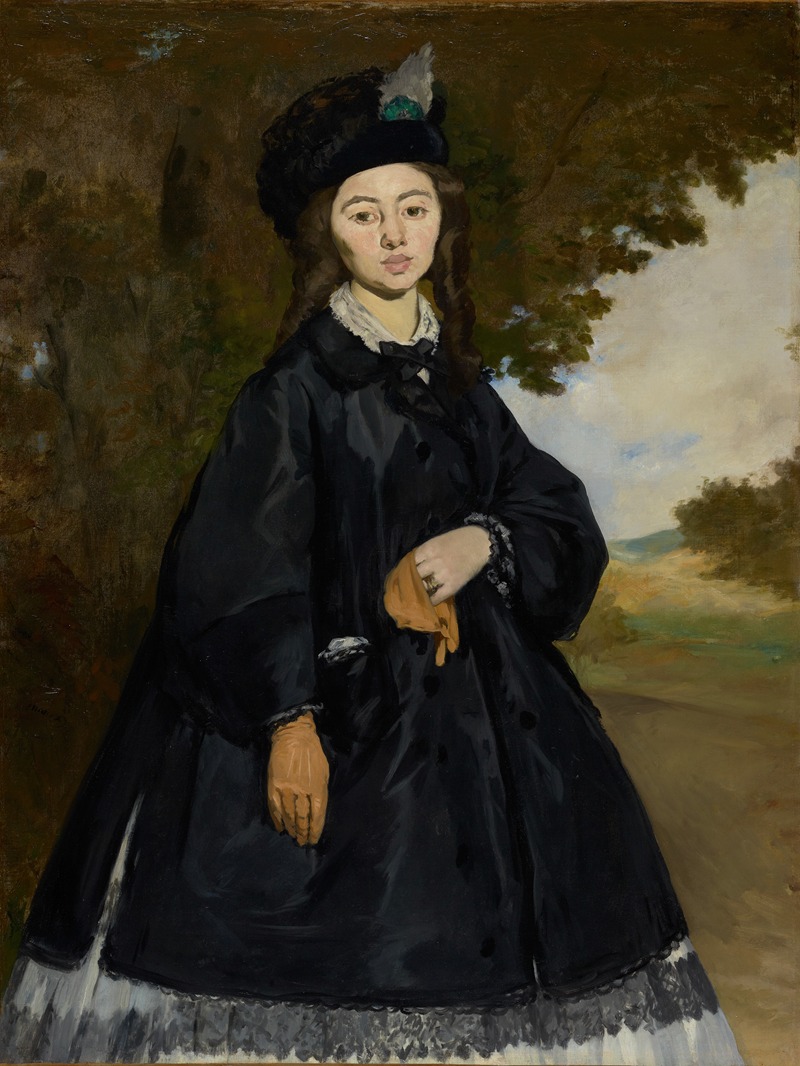
Portrait of Madame Brunet
A hand-painted replica of Édouard Manet’s masterpiece Portrait of Madame Brunet, meticulously crafted by professional artists to capture the true essence of the original. Each piece is created with museum-quality canvas and rare mineral pigments, carefully painted by experienced artists with delicate brushstrokes and rich, layered colors to perfectly recreate the texture of the original artwork. Unlike machine-printed reproductions, this hand-painted version brings the painting to life, infused with the artist’s emotions and skill in every stroke. Whether for personal collection or home decoration, it instantly elevates the artistic atmosphere of any space.
Édouard Manet's Portrait of Madame Brunet is an oil painting created between 1861 and 1863. The artwork is a portrait of a young woman, identified as Madame Brunet, whose identity remains somewhat obscure in historical records. The painting is notable for its unfinished appearance, which reflects Manet's evolving artistic style and his departure from traditional academic portraiture.
The subject of the painting, Madame Brunet, is depicted standing outdoors, dressed in a dark, elegant gown with a fur-trimmed cape. Her attire and posture suggest a sense of formality and social status. The background features a garden-like setting, with foliage and a hint of sky, which contrasts with the somber tones of her clothing. This juxtaposition of the figure and the natural setting is characteristic of Manet's innovative approach to portraiture, blending realism with a modern sensibility.
Manet initially intended the portrait as a commissioned work, but it was ultimately rejected by the sitter or her family, reportedly because they were dissatisfied with the depiction. This rejection may have contributed to the painting being left unfinished. The work remained in Manet's possession until his death in 1883, after which it was sold and eventually entered the collection of the J. Paul Getty Museum in Los Angeles, where it is housed today.
The painting is significant in the context of Manet's career as it demonstrates his early experimentation with techniques and themes that would later define his oeuvre. The loose brushwork, attention to light and texture, and the unconventional composition are all elements that hint at his transition from traditional portraiture to the more avant-garde style for which he became known. While Portrait of Madame Brunet may not be as celebrated as some of Manet's other works, it provides valuable insight into his artistic development during the early 1860s.
The artwork is also an example of Manet's interest in capturing the individuality of his sitters, even as he challenged the conventions of portraiture. The painting's unfinished state and the circumstances of its rejection add an intriguing layer to its history, making it a subject of interest for art historians and enthusiasts alike.





